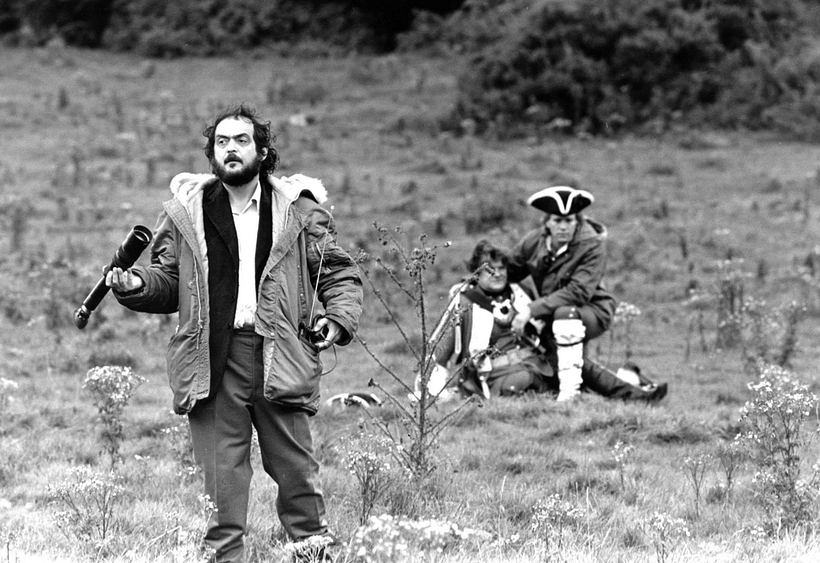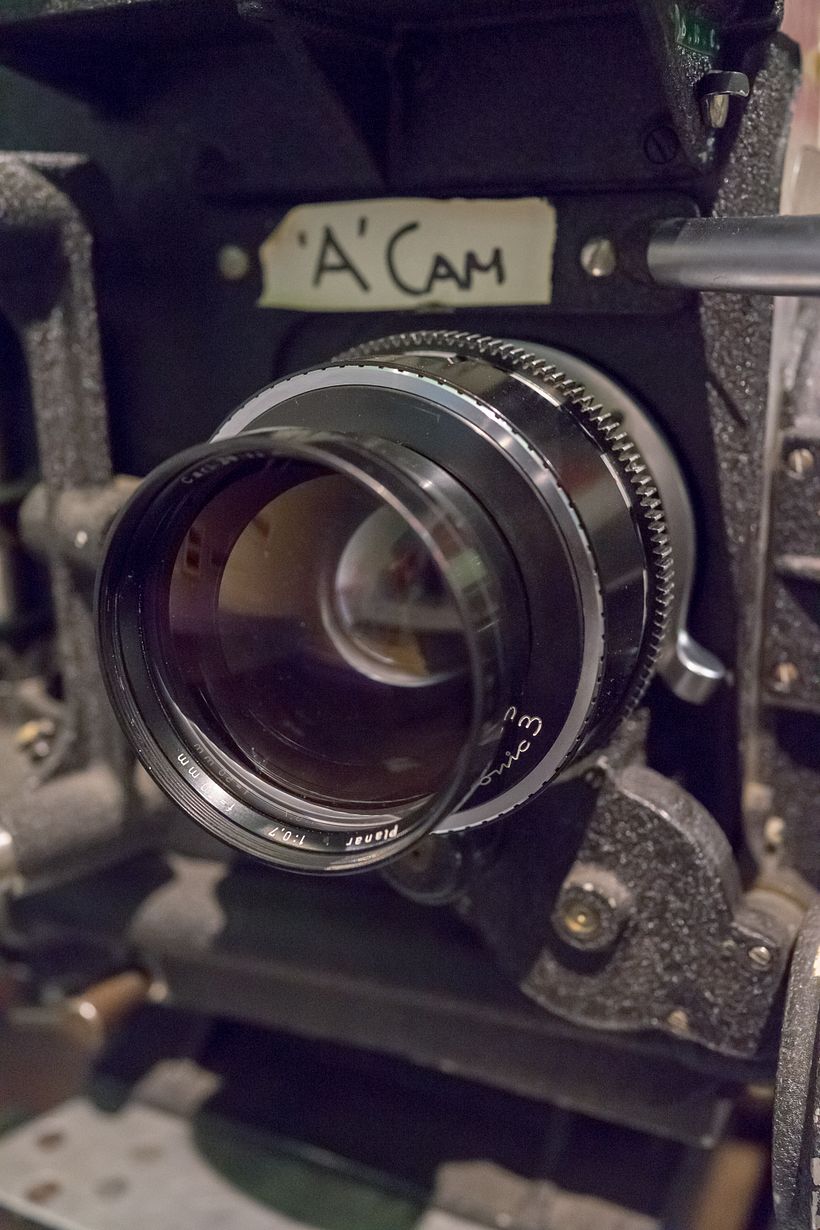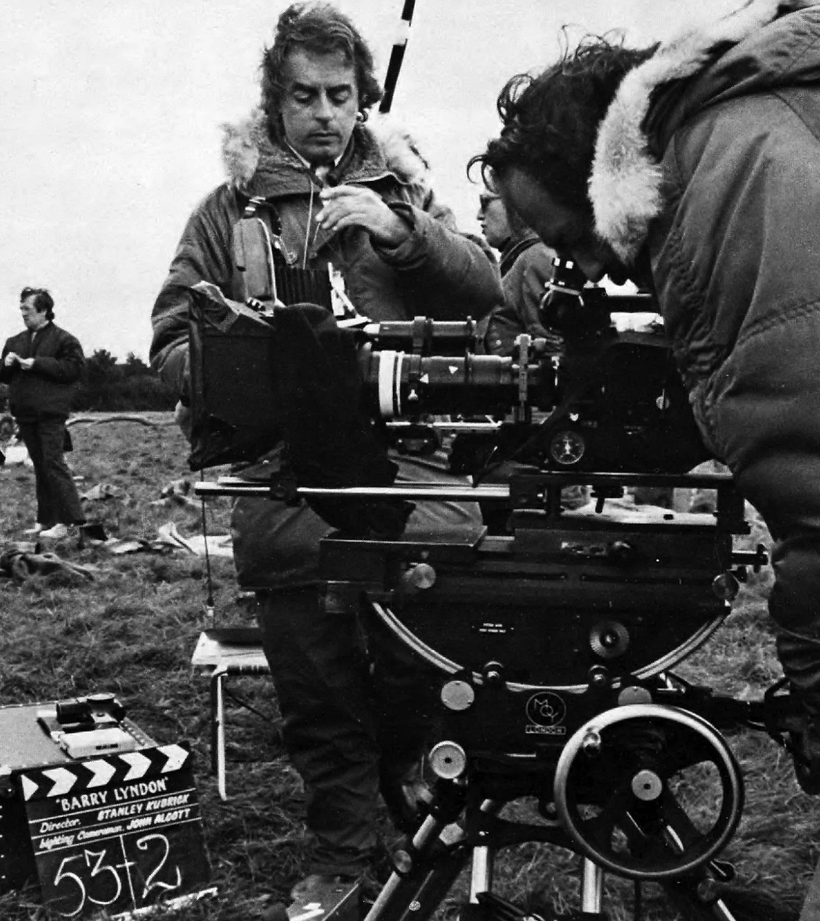The NASA Lens That Ended Up in the Hands of Stanley Kubrick

Discover how the legendary film director shot scenes from Barry Lyndon with a lens designed to photograph the dark side of the Moon
Of the thirteen feature films that Stanley Kubrick directed during his career, Barry Lyndon appears relatively far down the list when ranked according to commercial success (according to IndieWire, the top spots go to 2001: A Space Odyssey, Spartacus, and The Shining).
However, Kubrick’s adaptation of William Makepeace Thackeray’s novel following the life of an ambitious young Irish social climber, played by Ryan O’Neal, who sets out to achieve wealth and status by all means possible, is often considered a favorite among cinephiles.

A technical feat, the film is thought to have been underappreciated and misunderstood by mainstream British and American audiences in 1975 when it was first released.
Since then, it has achieved cult status and been referred to as Kubrick’s “secret masterpiece,” “one of the greatest achievements in the history of cinema,” lauded for pushing the technical boundaries of filmmaking to recreate the feel of 18th-century paintings, particularly those of the Dutch masters, not just with regards to costumes, props, and locations (no sets were built for the production) but also the very precise way in which the scenes were lit.
Authentic Lighting
To capture this authentic painterly look and transport the audience back in time, Kubrick and his collaborator, director of photography John Alcott, were determined to use little to no artificial lighting and do what had never been done before in film: shoot interior night scenes lit solely by candlelight.
Yet there was one very large hurdle to overcome: Kubrick and Alcott were shooting before the advent of digital photography and there was no such motion picture lens fast enough to capture an acceptable exposure in such low lighting conditions. Kubrick, a fanatical perfectionist, scoured the globe in search of a lens that could work, eventually discovering one of the largest relative aperture lenses in the history of photography: the famed Carl Zeiss Planar 50mm f/0.7.
The lens had been specifically designed and made for the NASA Apollo lunar program to photograph the dark side of the Moon in 1966. There were just ten in existence, of which Kubrick bought three (six were sold to NASA and Carl Zeiss kept one himself).

Adapting the Lens
Given that the lens had been built for still photography, it had to be completely reworked for it to be mounted to Kubrick’s Mitchell BNC camera. Lens expert Ed DiGuilio was assigned what he originally told Kubrick was an impossible task, “because of [the lens’] large diameter and also because the rear element came within 4mm of the film plane.” The filmmaker would not take no for an answer, and so DiGuilio persisted in trying to find a solution. In American Cinematographer, DiGuilio, who had also previously worked with Kubrick on A Clockwork Orange, explained in detail the process behind adapting the lens:
“The diameter of the lens was so large that it would just barely fit into the BNC lens port, leaving no room for an additional focusing shell. As a consequence, we had to design a focusing arrangement so that the entire lens barrel rotates freely in the lens port. The problem of the close proximity of the rear element to the film plane was a much more difficult matter to resolve. To begin with, we removed the adjustable shutter blade, leaving the camera with only a fixed maximum opening. We then had to machine the body housing and the aperture plate a considerable distance inward so that the fixed shutter blade could be pulled back as far as possible toward the film plane.”

Once all the adjustments had been made and approved, Kubrick insisted that the single 50mm focal length was too limiting and that he required a wider-angle lens of the same speed. DiGuilio and his team mounted a projection lens adapter designed by the Kollmorgen Corporation to the front of the camera. “After some optical and mechanical manipulation, we were pleased to see that the effective focal length of our composite lens system was 36.5mm. The aperture of the new 36.5mm lens remained at f/0.7 and its effective aperture was reduced only slightly by the minor light absorption in the two front elements,” added DiGuilio. The 50mm lens was used for virtually all of the candle-lit medium and close shots and the 36.5mm for wider-angle coverage.
Shooting
Alcott’s focus puller, Doug Milsome, then faced another giant hurdle. The lens had almost no depth of field. Alcott had to mark distances to the exact inch within ten feet of the camera to ensure the actors stayed in focus. “A closed-circuit video camera was placed at a 90-degree angle to the film camera position and was monitored by means of a TV screen mounted above the camera lens scale. A grid was placed over the TV screen and by taping the various artists’ positions, the distances could be transferred to the TV grid to allow the artists certain flexibility of movement, while keeping them in focus,” John Alcott told American Cinematographer.
Another problem was that such little light on set made it impossible for the Mitchell BNC’s side viewfinder to register the image. Alcott, therefore, had to build a mirror-based viewfinder from a Technicolor camera that reflected the frame in order to see what they were shooting.
To achieve as much light as possible, candles with two or three wicks were used. For the scene in which Lord Ludd loses a lot of money gambling, Alcott mounted metal reflectors above the two chandeliers they were using, not only to help illuminate the room but to also protect the ceilings of these historical sites from the heat of so many flames.
Kubrick’s determination to do what had never been achieved before resulted in one of the most unlikely collaborations in film history, which resulted in the creation of one of the most iconic motion picture lenses of all time. The Carl Zeiss Planar 50mm f/0.7 has been exhibited by museums around the world.
If you’re interested in learning about using lighting to tell a story and enhance emotion in your film projects, check out the course, Introduction to Film Photography Direction.
You may also like:
- A Brief Guide to Roger Deakins’ Cinematography
- Who is Oscar Winner Chloé Zhao?
- What Are Anamorphic and Spherical Lenses?







+0 Kommentare